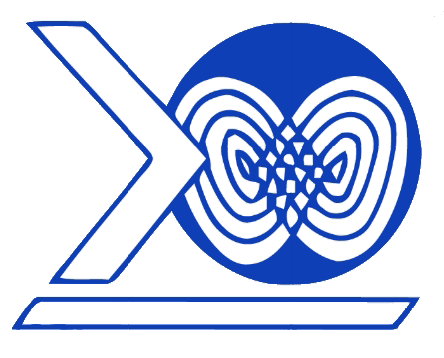What about vocal fold paralysis?
Paralysis may involve one or both vocal folds, and one or both nerves to each vocal fold. When paralysis is limited to the superior laryngeal nerve, the patient loses his or her ability to control longitudinal tension (stretch) in the vocal fold. Although superior laryngeal nerve paralysis involves only one muscle (cricothyroid), the problem is difficult to overcome.
The vocal fold sags at a lower level than normal, and the patient notices difficulty elevating pitch, controlling sustained tones and projecting the voice. Superior laryngeal nerve paralysis is caused most commonly by viral infection, especially the herpes virus that causes cold sores. The recurrent laryngeal nerve controls all the other intrinsic laryngeal muscles. When it is injured, the vocal fold cannot move toward or away from the midline, although longitudinal tension is preserved and the vocal fold remains at its appropriate vertical level if the superior laryngeal nerve is not injured. If the opposite (normal) vocal fold is able to cross the midline to meet the paralyzed side, the vocal quality and loudness may be quite good. Compensation often occurs spontaneously during the first six to twelve months following paralysis, with the paralyzed vocal fold moving closer to the midline. Unilateral vocal fold paralysis may be idiopathic (cause unknown), but it is also seen fairly commonly following surgical procedures of the neck such as thyroidectomy, carotid endarterectomy and anterior cervical fusion, and some chest operations. Vocal fold paralysis should be treated initially with voice therapy. At least six months (and preferably 12 months) of observation are needed unless it is absolutely certain that the nerve has been cut and destroyed, because spontaneous recovery of neuromuscular function is common. If voice therapy fails, vocal fold motion remains impaired, and voice quality or ability to cough is unsatisfactory to the patient, surgical treatments are generally quite satisfactory.
